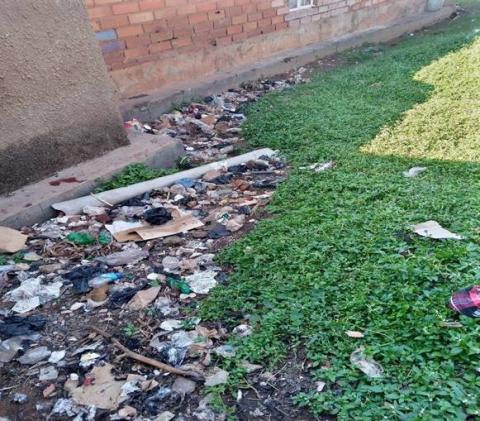How poor waste management in a Kampala slum is leading to global warming BY AYAA NANCY SUSAN

According to a UKaid report, the city of Kampala generates around 2,300 tonnes of solid waste per day, amounting to 803,000 tonnes per year. The report, Supporting decent livelihoods through sustainable service provision: Lessons on solid waste management from Kampala, Uganda estimates that the amount of garbage could double by 2030. Kampala Capital City Authority estimates that about 80% of this garbage is organic matter, which is very bulky for waste management firms.
The UKaid report estimates that another 15% of the garbage comprises recyclables, including plastics, paper, metal and glass, noting that the waste sector is the city’s second and biggest contributor of green gas emissions, after energy generation. The challenge is exacerbated by the fact that many areas in Kampala do not have access to rubbish dumping grounds or skips.
And Biyinja zone, located in Kabalagala, one of Kampala’s slums, is one of such areas. The place has no designated rubbish pits, where the locals can dispose of garbage. The roadsides, water channels and the backyards of people’s houses hence become the dumping places for the garbage. This waste consequently ends up in drainage channels, thereby blocking them.
Nakayenga Prossy, a resident of Biyinja zone, said most people dump their garbage rubbish mostly in the wee hours of the morning and, sometimes, late at night when they cannot be identified.
When solid waste is not handled in a proper manner, it can be a source of methane, which is a potent greenhouse gas. Therefore, there should be deliberate efforts from authorities, to ensure garbage disposal facilities, such as skips, are availed to residents and sensitisation on their proper use is made.
BY AYAA NANCY SUSAN
community journalist
